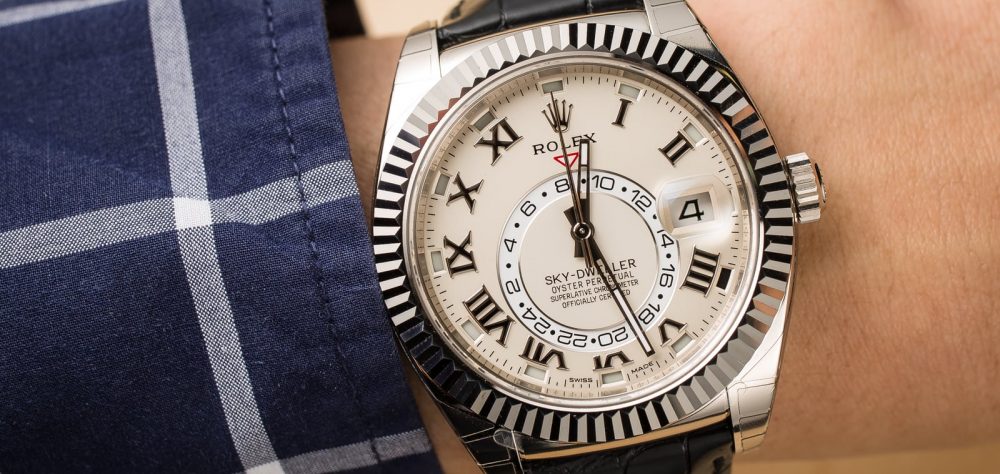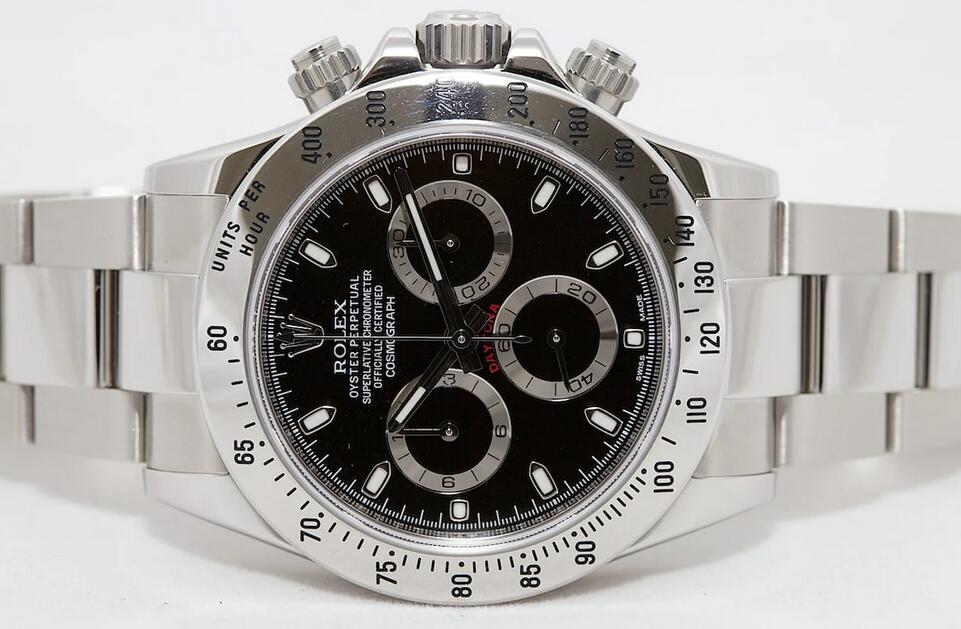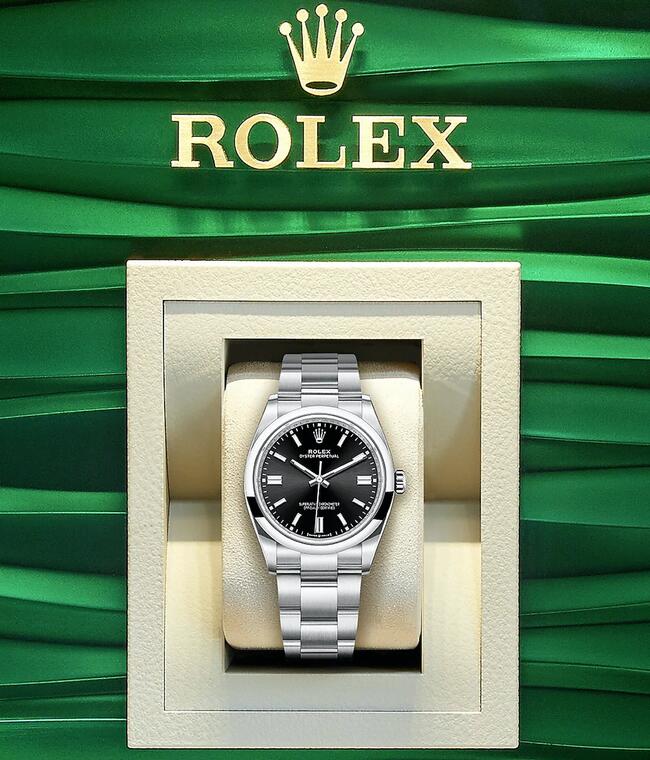One of the first Internet forums for watch enthusiasts, back in the long-gone early 2000s, was a shaded green refuge, far from the madding crowd, called ThePuristS.com. The name reflected the ideology of the forums – it was meant to be a place where, without the distractions of a sales forum, or of discussing pricing and discounts, anyone who loved AAA US replica watches could come and talk about them. Maybe you could afford a Patek minute repeater and maybe not, but that didn’t mean you couldn’t learn about them, talk about them, and have an opinion about them and it was, in its heyday, the closest thing to a meritocracy for high quality fake watches discussion that I’ve ever seen.
And to this day I still find the money side of fine watchmaking almost totally uninteresting – I’ve inherited, from those bygone days, a belief, deeply held, that an interesting watch is an interesting watch (if it is one) for reasons that have nothing to do with money, per se.
Nowadays, though, that seems increasingly naive, if not quixotic. The cost of luxury online replica watches, whether list, street price, vintage at auction, or sold-out-the-back-door-over-list-by-minions-of-Mammon, has become, if not the only thing we talk about, certainly one of the pillars of watch discussion and the problem has been worsened over the last two years by chronic shortages of some of luxury watchmaking’s most desirable models – at least in part due to factory shutdowns and reduced production during the pandemic, and chronic supply chain issues.
Even before COVID arrived, though, the basic trend in fine watchmaking was already clear: prices go up, not down; global demand for luxury Rolex copy watches for sale is stronger every year; supply does not match demand nor is it likely to in the foreseeable future. And overall, fine watchmaking has undergone premium-ization – even as production has gone up, prices have gone up as well, well beyond what you’d expect from inflation alone.
Let’s look at where things stood a couple of decades ago.
A Kinder, Gentler Watch World (Sort Of)
In 2002, according to an archived price list I dug up, a Patek 3919J – Calatrava, hours and minutes with small seconds, hobnail pattern bezel, with the caliber 215 – listed for $8,850. (Interestingly enough these are available today, pre-owned for not much more than 2002 list). The same year, a Royal Oak mid-size in steel would set you back around $8,000 list, and more for a Jumbo – around $13,000. List for steel perfect replica Rolex Daytona watches was €4,448, and an Omega Speedmaster Professional, in 2003, was €2,190. (I’m giving list price in Euros because the database I used gives prices in that currency. At the rate of conversion at the time, the best Rolex Daytona fake watches would have been $5,085.84 and the Speedmaster, $2,504.05.)
Don’t get me wrong, luxury top Rolex replica watches, defined in the broadest terms, was still an expensive proposition twenty years ago (and it bears mentioning that there has never, in 183 years, been anything even remotely like an affordable Patek, with the highly debatable possible exception of the Twenty-4). But let’s look at how things have changed since 2002.
Today, the median salary for a family doctor is about $213,000, according to one source. (Actual compensation is highly location-sensitive for physicians, but that’s the median. Adjusted for inflation, the 2002 salary of $150,000 works out to around $236,000 today). A Patek 5196J, which is slightly larger than a 3919J (37mm vs. 35mm) and which uses the same movement, is now $24,600 list. (For comparison, the 2002 MSRP, adjust for inflation, would be $13,257.29 today.) That’s $6,850 over a month’s gross pay of $17,750 (and of course, you ain’t takin’ home no 17 large out of that $213,000, not after Uncle Sam’s had his way with your paycheck). Our hypothetical doctor is perhaps servicing medical school debt (which might be over $100,000 plus a lot more if you add interest over 20 years), maybe wants to start a family, maybe would like to have a decent place to live and go someplace nice on vacation, maybe there’s a car payment in there, a savings plan for when the kid or kids go to college … and so on.
So, our hypothetical physician has a salary which has more or less kept pace with inflation, depending on where they are. At the same time, the price for a Calatrava has essentially doubled, in real terms, since 2002.
You’d buy an Apple Watch, too.
Can A Doctor Still Afford A Doctor’s Watch?
My point is that there’s a whole class of white collar professionals who’ve basically been priced out of the game. A 41mm Royal Oak Selfwinding in steel is $23,600 list (assuming you can find one) and a steel Jumbo is $33,200. (The Lange Odysseus in steel listed for $28,800 at launch). Cheap Rolex replica watches, at least, is still affordable, if you can find one available at list … and you probably can’t. Still, though, 36mm steel Swiss movements fake Rolex Oyster Perpetual watches is “just” $5,800 (although list is one thing and street price for pre-owned is another).
The Federation Of The Swiss Watch Industry FH publishes reports every year on distribution of prices, value of exports, and on and on. Amusingly, they break down prices into (in Swiss francs) less than 200, 200-500, 500-3,000, and over CHF 3,000 which seems like a relic from another time, but let’s work with what we’ve got.
In 2000, there were 488,000 super clone watches shop site exported in the over-CHF 3,000 category. In 2020, the total was 1.342 million in the same category, and while the value in that category was CHF 3.1 billion in 2000, by 2020 that value had ballooned to CHF 11.371 billion. Every other category is either flat, or down drastically, and this during a period of unprecedented year-over-year growth.
You don’t have to be Einstein to figure out where the money’s being made.


